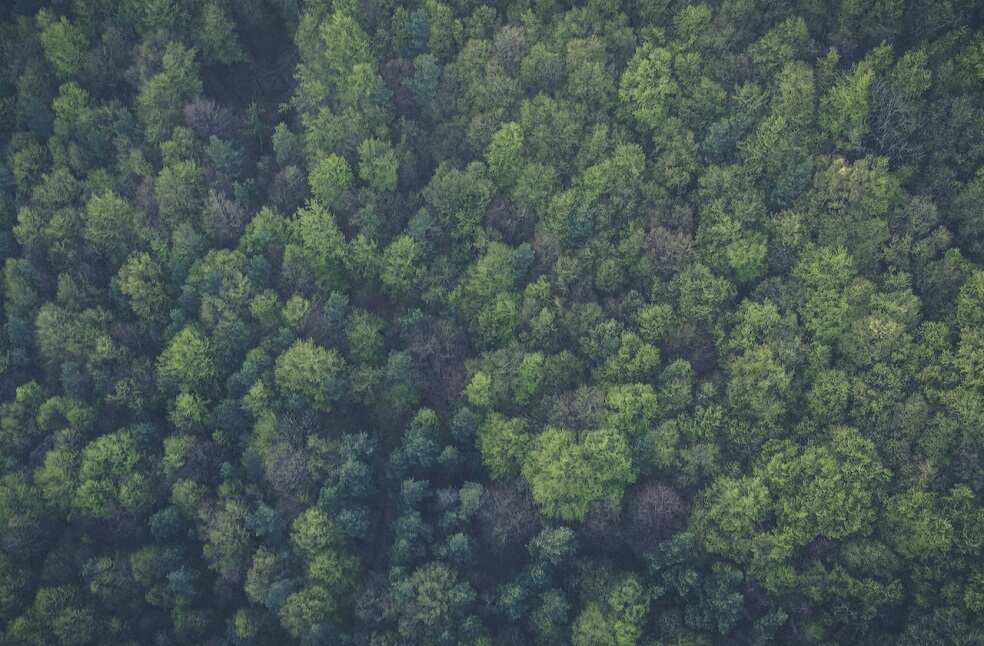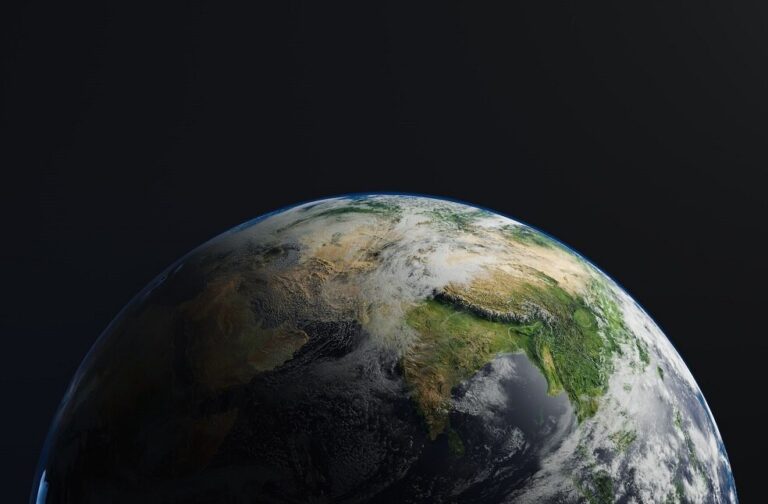According to recent studies, by the middle of the century, climate change may be the primary cause of the reduction in biodiversity. An international team of experts examined how changes in land-use patterns affected biodiversity and discovered that there may have been a 2–11 percent global reduction in biodiversity.
“By including all world regions in our model, we were able to fill many blind spots and address criticism of other approaches working with fragmented and potentially biased data,” said Henrique Pereira, research group head at the German Centre for Integrative Biodiversity Research (iDiv), and the first author of the study published in the journal ‘Science’.
The researchers examined how ecosystems and biodiversity would alter in the future and discovered that, regardless of the emissions scenario, biodiversity loss occurs globally due to the combined effects of land-use change and climate change.

“We found that climate change poses an imminent threat to biodiversity and ecosystem services. While land-use change has historically been a significant factor, our findings indicate that climate change could overtake it as the primary driver of biodiversity loss by mid-century,” explained study co-author, David Leclère, researcher at the International Institute for Applied Systems Analysis (IIASA), Austria.
The scientists demanded a “truly integrated approach” that takes into account several sustainability factors in order to lessen policy tensions and protect biodiversity in the ensuing decades.
Petr Havlík, director of the IIASA Biodiversity and Natural Resources Program and one of the study’s co-authors stated that for example, even though the majority of climate stabilization scenarios still depend on the deployment of bioenergy, it also threatens the habitats of species.
The results indicated that, as essential natural climate solutions, conservation and restoration activities should be given worldwide priority, according to the scientists.



